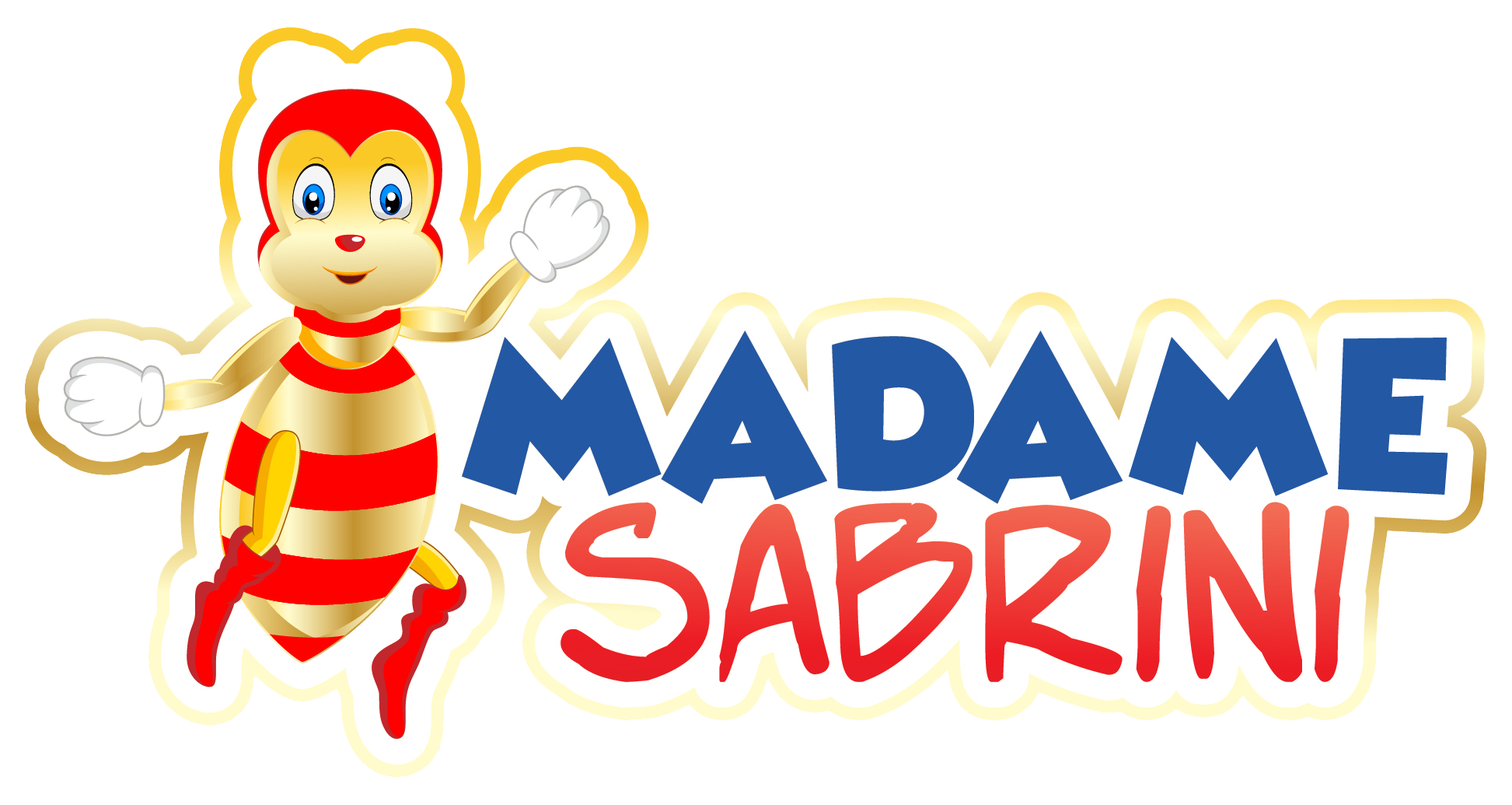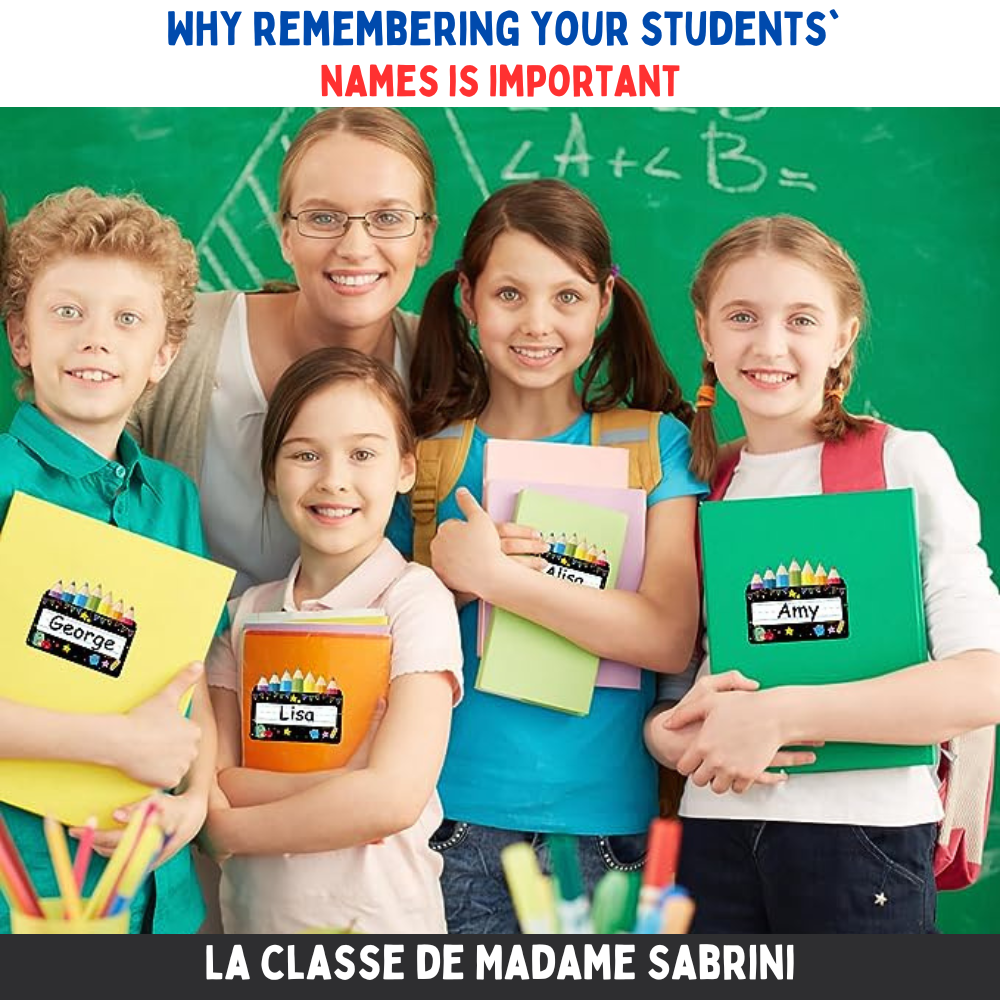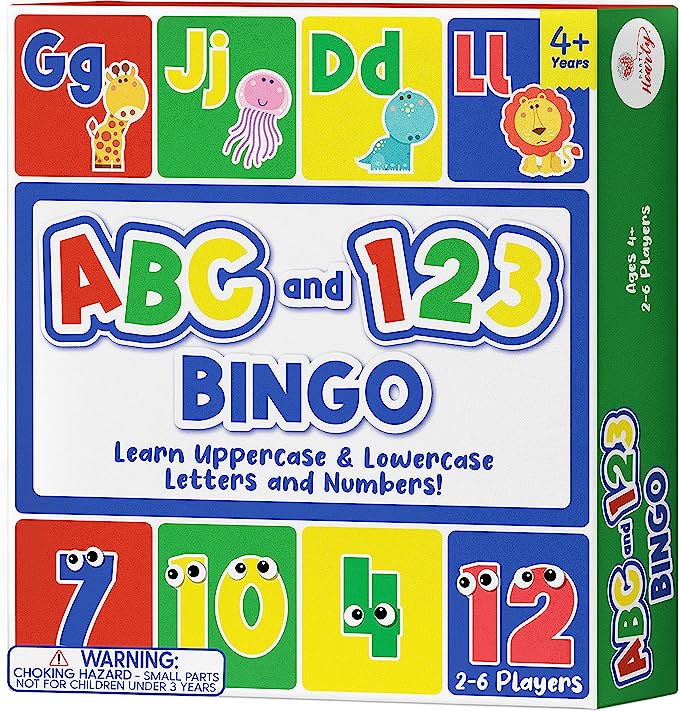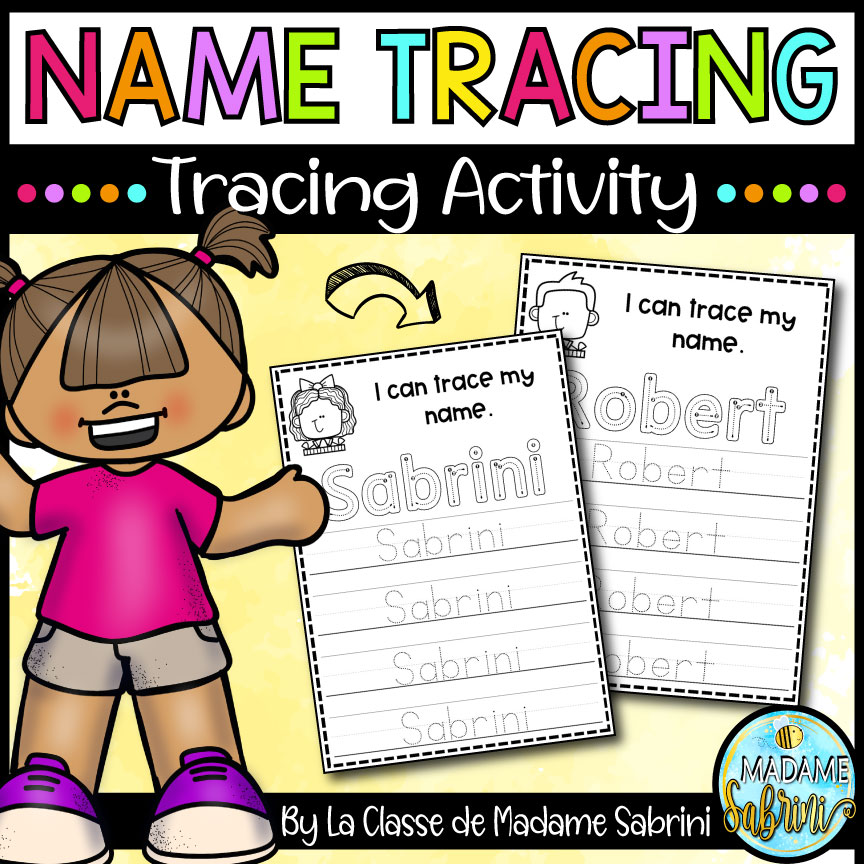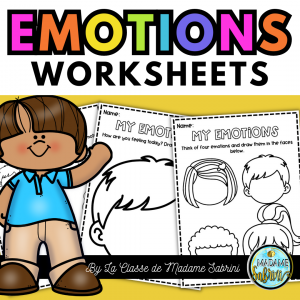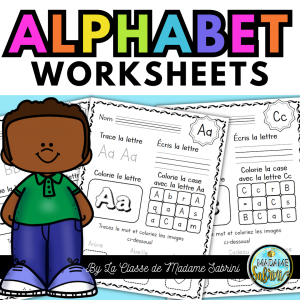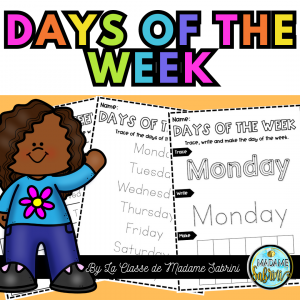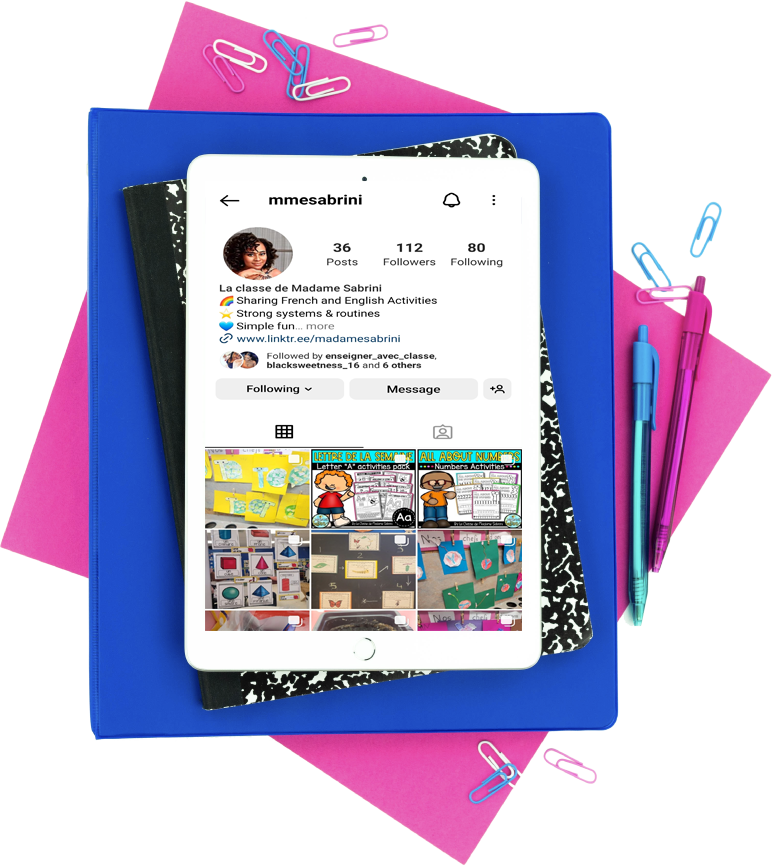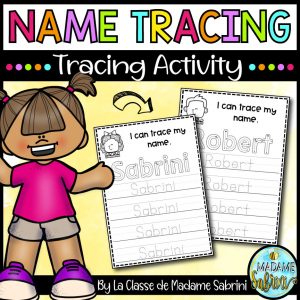This post may contain affiliate links which means I may receive a commission for purchases made through links. I will only recommend products that I have personally used! Learn more on my Private Policy page.
Do you ever find yourself struggling to remember the names of your students? If so, you’re not alone. Many teachers find it challenging to remember all of their students’ names quickly and accurately. Fortunately, there are some simple and effective techniques that can help you learn your student names fast. With a little practice, you can soon become a pro at remembering your student names with ease. In this blog post, we’ll explore some of the best techniques to help you remember your student names fast.
Why remembering your students’ names is important
As a teacher, remembering your students’ names is essential for establishing a positive learning environment. When you take the time to learn each student’s name, you are sending the message that you value and respect them as individuals. It can also create a sense of belonging and trust in the classroom.
For students, being addressed by name can be empowering. It shows that the teacher recognizes them as a unique person, rather than just a face in the crowd. Remembering names can also help to reduce stress and anxiety for both students and teachers.
On the other hand, forgetting a student’s name can be embarrassing and even damaging to the student-teacher relationship. It can cause them to feel unimportant and unacknowledged. As a teacher, it is important to make every effort to learn and remember each of your students’ names.
Common challenges with learning student names
As a teacher, learning the names of your students can be a daunting task. Whether you have a large class or a small one, memorizing names can prove to be quite challenging. Here are some of the most common obstacles that teachers face when trying to learn their students’ names:
1. Pronunciation: Sometimes, students may have names that are difficult to pronounce, especially if you’re not familiar with their cultural backgrounds. It’s important to ask them how to pronounce their names correctly and practice saying it until you get it right.
2. Similar sounding names: In some cases, you may have multiple students with similar sounding names, which can make it challenging to remember who’s who. In this situation, you may need to use other identifiers like their physical appearance or their interests to differentiate them.
3. Shyness: Some students may be shy and not willing to speak up or participate in class, making it difficult to learn their names. It’s important to create a welcoming environment in your classroom and encourage all students to introduce themselves.
4. Forgetting names: Finally, even if you have successfully memorized your students’ names, you may forget them over time. This is especially common if you have a large class or are teaching multiple classes. To combat this, try to use their names regularly in class and consider using memory aids like flashcards or name tags.
Overall, learning your students’ names is a crucial part of building a positive and engaging classroom environment. By recognizing and addressing these common challenges, you can ensure that you’re effectively learning and using their names throughout the school year.
Effective techniques for remembering student names
Learning your students’ names can be challenging, especially if you are teaching multiple classes with large class sizes. However, there are some effective techniques that can help you remember your students’ names quickly.
1. Repeat their names – The more you say a person’s name, the easier it becomes to remember it. Repeat your students’ names frequently, especially during the first few weeks of class.
2. Make a connection – Associate each student’s name with something memorable. It could be their appearance, interests, or hobbies. For example, if a student named David loves basketball, you could associate his name with “David the Dunker.”
3. Use name tags – Name tags are a simple and effective way to help you remember your students’ names. Make sure that the tags are visible and easily readable.
4. Create flashcards – Make a set of flashcards with each student’s name and picture on it. Use the flashcards to memorize your students’ names.
5. Group games – Play games that require students to introduce themselves, such as “Two Truths and a Lie.” This will help you remember their names as well as get to know them better.
6. Assign seating – By assigning seating, you can easily associate each student’s name with their desk or chair. This will make it easier to remember their names as you take attendance.
Remembering your students’ names is an important part of building a positive classroom environment. It shows that you care about your students as individuals and can help establish a strong teacher-student relationship. By using these effective techniques, you can quickly learn your students’ names and set the tone for a successful school year.
1st-day icebreakers that help you learn student names quickly
On the first day of class, it can be overwhelming to learn all of your students’ names at once. One way to make it easier is to incorporate icebreakers that not only help break the ice but also allow you to learn your students’ names quickly. Here are a few effective 1st-day icebreakers:
1. Name Bingo – Create bingo cards with different names on each square. Give the students a few minutes to walk around and find someone whose name matches the one on their card. This allows students to learn each other’s names while giving you a chance to listen and learn their names too.
2. The Name Game – Sit in a circle and have each student say their name and one interesting fact about themselves. The next person has to repeat the previous names and facts before adding their own. This is a fun way to learn names while also learning something unique about each student.
3. Group Interview – Divide students into small groups and have them interview each other. Each student should take turns asking questions about their group member, including their name. This not only helps you learn names but also allows students to get to know each other better.
4. Student Profiles – Have each student create a mini “profile” with their name, a photo, and a few fun facts about themselves. Collect these profiles and display them in the classroom. This not only helps you learn names quickly but also allows students to learn about each other.
By incorporating these icebreakers, you’ll not only make the first day of class more enjoyable but also learn your students’ names faster. Remember, it’s important to make an effort to learn their names correctly, as it shows your interest and respect for each individual student.
Strategies to continue memorizing names throughout the school year
As the school year progresses, it can be easy for teacher names to slip away from your memory. However, it’s crucial to continue to remember your students’ names to create a positive classroom culture. Here are a few strategies to help you continue memorizing names throughout the year:
1. Use name tags or seating charts: This is a great way to refresh your memory of student names, especially if you have a large class.
2. Connect with students on a personal level: Get to know your students by having conversations with them during breaks or before/after class. When you connect with them on a personal level, it’s easier to remember their names.
3. Use visual aids: Create flashcards with students’ names and pictures, or create a seating chart with student names and pictures to help you associate names with faces.
4. Incorporate names into class activities: Use student names during class discussions, activities, or games. This can help reinforce the name to face connection.
5. Quiz yourself: Take some time to review student names and quiz yourself on them periodically. This will help keep the names fresh in your memory.
Remember, using students’ names is an important part of building a positive classroom environment. When students feel recognized and valued, they are more likely to be engaged and successful in class. By using these strategies, you’ll be able to continue memorizing names and building relationships with your students throughout the school year.
The importance of using students’ names regularly and correctly
As a teacher, it is important to not only learn your students’ names quickly but also to use their names regularly and correctly throughout the school year. Using students’ names regularly can create a welcoming and positive classroom environment where everyone feels seen and valued.
Additionally, using students’ names can help you build stronger connections with your students. When a teacher uses a student’s name, it can make the student feel like the teacher is paying attention and cares about them. This can lead to better relationships, which can ultimately lead to improved student engagement and achievement.
It’s also important to use students’ names correctly. Students may have unique pronunciations or preferred names that they go by, and it’s important to respect their preferences and use their names correctly. When teachers use students’ names incorrectly, it can make the student feel disrespected or unheard.
Overall, as a teacher, using your students’ names regularly and correctly can help you build strong relationships, create a positive classroom environment, and ultimately support student success.
